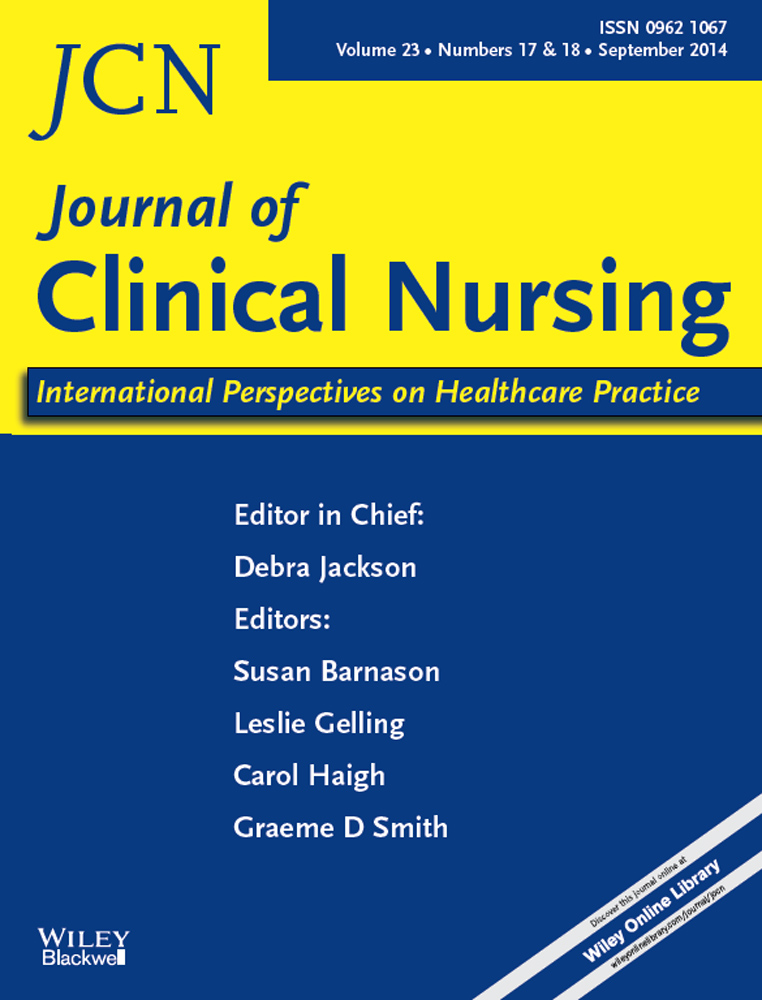Determining the cut-off point of osteoporosis based on the osteoporosis self-assessment tool, body mass index and weight in Taiwanese young adult women
Abstract
Aims and objectives
To examine the cut-off point of the osteoporosis self-assessment tool, age, weight and body mass index for osteoporosis among young adult Taiwanese women, using a large-scale health examination database containing bone mineral density tests.
Background
The cut-off points of osteoporosis risk factors identified earlier focus on menopausal or senior Caucasian and Asian women. However, young adult Asian women have seldom been identified.
Design
A retrospective historical cohort study.
Methods
Using the 2009–2011 health examination database of a large-scale medical centre in northern Taiwan, this study investigated young adult Asian women (i.e. range in age from 30–49 years) in Taiwan who had received dual-energy X-ray absorptiometry test. This study also explored the cut-off point, sensitivity, specificity and diagnostic accuracy of receiver operating characteristics of osteoporosis among young adult females in Taiwan.
Results
This study collected 2454 young adult Asian women in Taiwan. Cochran–Armitage analysis results indicated that the prevalence of osteoporosis increased with decreasing weight, body mass index and osteoporosis self-assessment method quartiles. According to the results of receiver operating characteristics, weight, body mass index and osteoporosis self-assessment tool approaches can generally be used as indicators to predict osteoporosis among young adult Asian women.
Conclusions
Results of this study demonstrate that Taiwanese women contracting osteoporosis tend to be young and underweight, as well as having a low body mass index and osteoporosis self-assessment scores. Those results further suggest that the assessment indicators for cut-off points are appropriately suitable for young adult women in Taiwan.
Relevance to clinical practice
Early detection is the only available means of preventing osteoporosis. Professional nurses should apply convenient and accurate assessment procedures to help young adult women to adopt preventive strategies against osteoporosis early, thus eliminating the probability of osteoporotic fracture.




